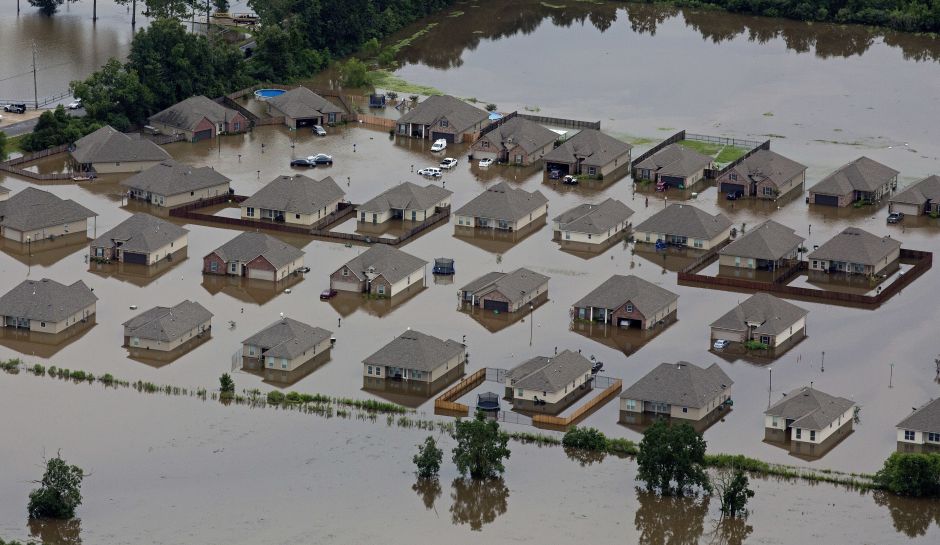Visual Lease, a lease optimization software provider, has released its newest report from The Visual Lease Data Institute, The 2022 Lease Market Analysis: Lease Accounting Readiness.
The study found that despite leases typically making up a large portion of an organization’s budget, nearly three-quarters (71%) of private companies are not entirely confident they know how much their leases cost their business. This lack of awareness and visibility is one reason companies are slow to transition to the new lease accounting standards. Notably, a third (33%) of private companies are still not fully prepared to transition to ASC 842, which is effective for all 2022 and 2023 financial statements and beyond.
Despite the GASB 87 effective date being six months earlier (June 15, 2021), a delay appears to be emerging in the implementation of the standard. Forty-four percent of the government market is not fully prepared to transition to GASB 87 and only 18% of government institutions are at a point where they are considering lease accounting maintenance beyond initial compliance. In addition, nearly one-fourth of government entities are not aware of GASB 96, a looming standard that will impact how governmental organizations report on their Subscription-Based Information Technology Agreements (SBITAs) for fiscal years beginning after June 15, 2022.
“For years, companies may have been able to get away with loosely managing and tracking their leases, but that is no longer the case with new lease accounting standards, which require leased assets to be reflected on the balance sheet,” said Visual Lease’s founder and CEO, Marc Betesh. “In addition to these new standards, the global economic climate is creating additional concerns around implementing proper internal controls and lease management processes.”
Workforce shortages and retention issues are also contributing to private companies and government entities delaying their transition to the new standards. A staggering 93% of private companies and 86% of government organizations say their teams are already stretched thin, making lease accounting even more overwhelming. And nearly 40% of private companies report that avoiding employee burnout is a top concern associated with maintaining proper control over their lease portfolio.
“The silver lining is that the new standards are providing companies with the opportunity to prioritize lease management to not only achieve lease accounting compliance, but also, to make stronger business decisions and better manage risk,” added Betesh.
Risks associated with not implementing a proper lease management strategy include:
An unnecessarily complex lease accounting process that relies on manual efforts.
A failed annual audit due to incomplete and inaccurate lease data, potentially resulting in increased fees, damaged credibility and diminished credit.
The inability to pivot and address new business needs due to a lack of visibility into important lease details.
By implementing a centralized system of record, private companies and government entities have been able to recognize a range of benefits, including automation, reduction of risk, more cost-saving opportunities and a new level of customer service and support. Because of these many advantages, private companies were able to save an average of 600 hours and government entities were able to save an average of 765 hours by using third-party lease accounting software.
To compile the findings in the report, Visual Lease surveyed 200 senior finance and accounting professionals at companies with more than 1,000 employees and 100 U.S. financial management professionals at local, state and federal governmental organizations. Within the research, industry leaders from Visual Lease and other organizations such as RSM, On Q Financial and Indeed, break down common challenges and roadblocks experienced by the private and government markets; how organizations can leverage lease accounting to make faster, smarter decisions; and best practices for accelerating and maintaining lease accounting compliance, while preparing for new guidance, such as GASB 96.
For full study results, download The 2022 Lease Market Analysis: Lease Accounting Readiness.
To access insights on lease accounting and strategic lease portfolio management, subscribe to The Visual Lease Data Institute Podcast.
Thanks for reading CPA Practice Advisor!
Subscribe Already registered? Log In
Need more information? Read the FAQs
Tags: Benefits




